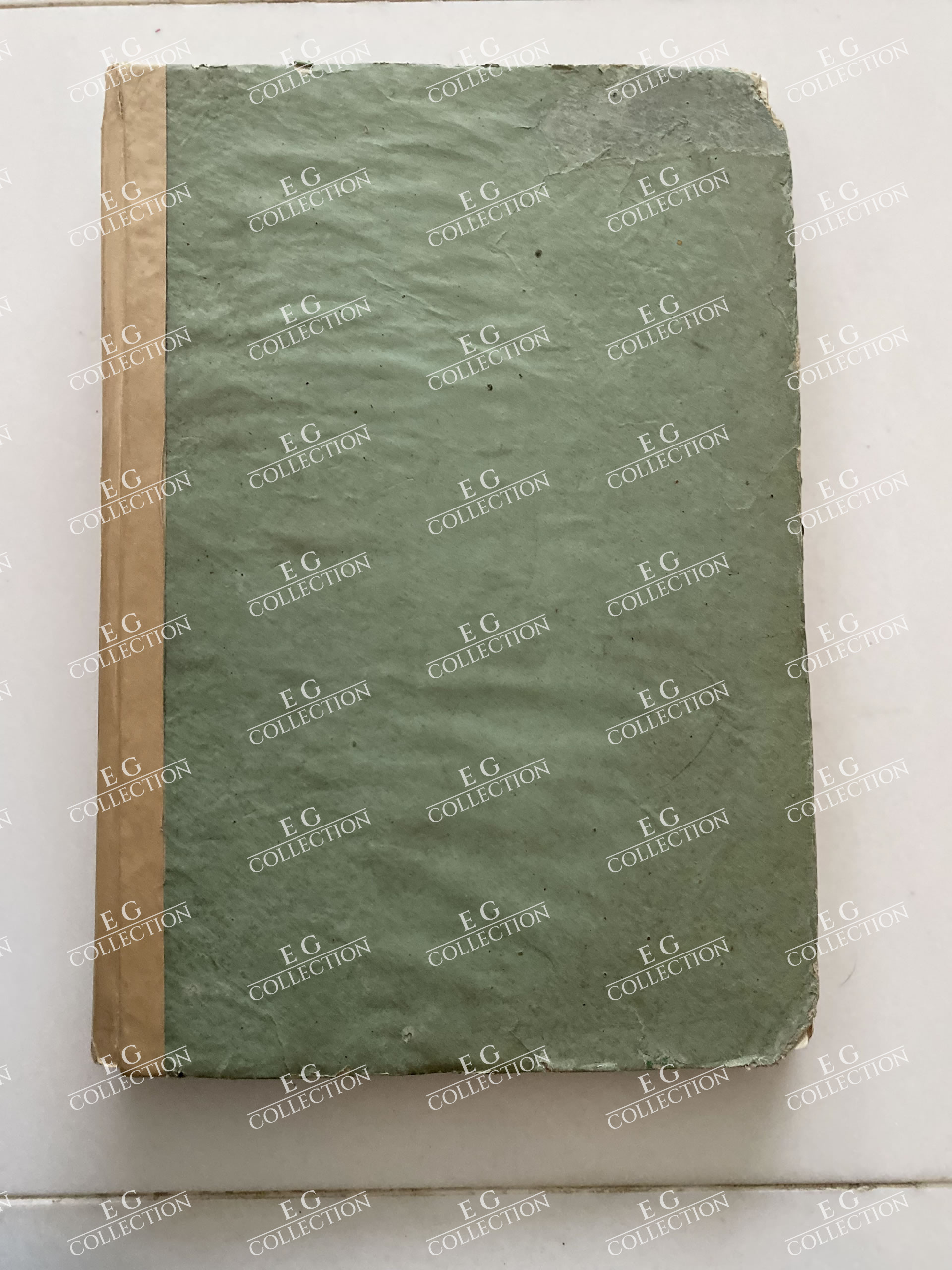OSMANLI HAKKINDA KİTAPLAR
NOTITIA VTRAOVE
CVM ORIENTIS TVM OCCIDENTIS
VLTRA ARCADII HONORIIQVE CAESARVM TEMPORA,
illuftre uetuftatis monumentum, imò thefaurus prorfum incomparabilis.
P R AE cedit aute D.Andreæ Alciati libellus,De magiftratib.iuilibusq;ac
militaribus officijs, partim ex hac ipfa Notitia, partim aliunde defumptus.
cvI fuccedit defcriptio urbis Romæ,quæ fub titulo Pub. Vičtoris circum
fertur:& altera urbis Conftantinopolitanæ incerto autore,nunquä antehac
typis excufa,Imperialium uidelicet ac primariarū fedium utriuĺq; Reipub.
s vB iungitur Notitijs uetuftus liber DE REBVS BELLICIS ad Theo
dofium Aug. & filios eius Arcadium atq; Honorium, ut uidetur, fcri-
ptus,incerto autore. I T E M, ne quid de antiquo exemplari
omitteretur,Difputatio Adriani Aug.
& Epicteti philofophi.
Basel, 1552
Two Illustrated Works on Roman Antiquities, Including Several Woodcuts of Books
(ROME, GOVERNMENT AND SOCIETY).
fine large and small (mostly historiated) woodcut initials, and MORE THAN 100 FINE WOODCUTS (mostly large or full-page) IN FIRST WORK, several signed by “C S” (perhaps Conrad Schnitt or Christoph Schweizer), ILLUSTRATING BUILDINGS, OCCUPATIONS, MILITARY MACHINES, COSTUMES, etc. (some cuts repeated, one cut printed upside down); 369 numismatic woodcuts in text of second work (262 of these, including repetitions, with medallion portraits and 107 with names only).
This is a very attractive copy, with distinguished provenance, of two works with considerable data relating to, and shedding substantial light on, the politics, government, provincial administration, and military establishment of Rome, as well as other aspects of Roman life. The first work here is an anonymous early fifth century Roman state handbook (more commonly known as the “Notitia Dignitatum”) edited by Siegmund Ghelen (Gelenius, ca. 1477-ca. 1554) and Beatus Rhenanus (1485-1547) from a lost Medieval manuscript. It is arranged according to the provinces of the Roman Empire and their cities. The second work is a synopsis of Roman history from Romulus through the reign of Habsburg emperor Charles V in the 15th century. Its first section is based on the “fasti consulares,” inscriptions from the Arch of Augustus in the Roman forum listing all Roman consuls from 483 B.C. to 19 A.D. These relics were discovered in the 1540s, when the forum was being quarried for building materials. The compiler of this work, Panvinio (1529-68) was an Augustinian monk devoted to antiquarian studies who spent considerable time in Italy recording inscriptions on ancient monuments, medals, and other surfaces. He recognized the “fasti consulares” fragments recovered from the ruins and worked frantically to save them. They were restored by Michelangelo and added to the collection of what became the Capitoline Museum. Panvinio also used the coins and medals collected by Strada, the publisher, as a source for this compilation. A considerable portion of the interest and value in this volume today resides in the woodcuts. Copied from the original illustrations in an early manuscript of the work (now lost); the cuts in the first work include many depictions of books, showing several different kinds of decorated bindings. The illustrations also provide many details of Roman dwellings, costumes, and objects used in private, religious, and military life. Excepting the fact that they have produced books on basically the same subject, our two printers could hardly be more different. Whereas the Swiss Froben was one of the giants of Renaissance printing and a great promoter of learning, the Venetian Strada apparently spent much of his time speculating in the antiques market, being one of the first merchants to make a business of selling Italian antiques to foreigners. Our copy comes from the collection of the great bibliophile Antoine Moriau (1699-1759), who leased the stately Hôtel d’Angoulême Lamoignon in Paris to house his library of 14,000 books and more than 2,000 manuscripts. The second work here is rare.
$ 7.500,00
1 adet stokta






 Sepetinizde ürün bulunmuyor.
Sepetinizde ürün bulunmuyor.